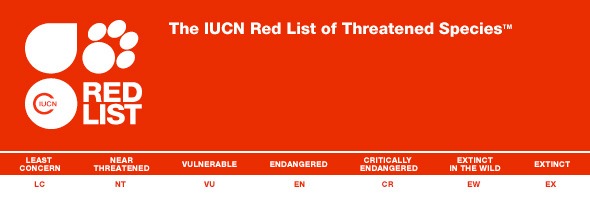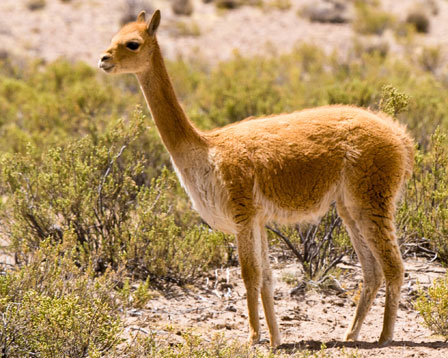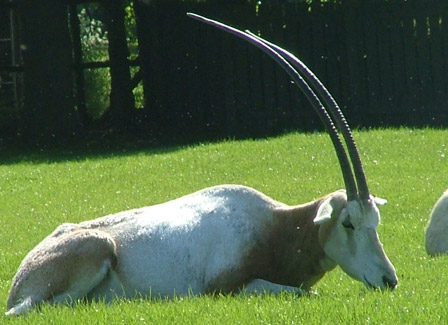Does Conservation Work?

Walking around Flamingo Land Zoo it can sometimes be a bit overwhelming. An endangered rhino, a critically endangered giraffe, an endangered lemur, an extinct in the wild scimitar-horned oryx and a near threatened penguin. So is there hope? The answer of course is yes!
This week’s news headlines told about the first ever captive UK hatched spoon-billed sandpipers. These birds are critically endangered with only 100 breeding pairs left in the wild, so any new hatchlings are extremely exciting! So what now? With any breeding programme, the ultimate aim is to release animals back into the wild where they belong. However, a lot of work has to be done before this can happen. And the root of this work is sustainability and education. In this case, the birds are critically endangered due to bird trapping by local villagers.
Conservationists are working with local people to find and fund alternative livelihoods. This ensures the safety of the bird in their breeding grounds. Accompanying this will be education programmes in the local areas focused on the spoon-billed sandpiper. With these two strategies in place it is hoped that the population will increase and the chicks hatched in the UK will be released back to the wild.
With fingers crossed for this conservation effort, many look to the success story of the vicuña in South America for encouragement. The vicuña numbers were in a very critical point in the 70’s due to hunting. With the work of governments and conservation organisations the vicuña has gone from critically endangered to least concern on the IUCN’s red list of endangered animals – a great success story to inspire people to not give up hope. You can see our vicuñas in the South America area of our zoo.




